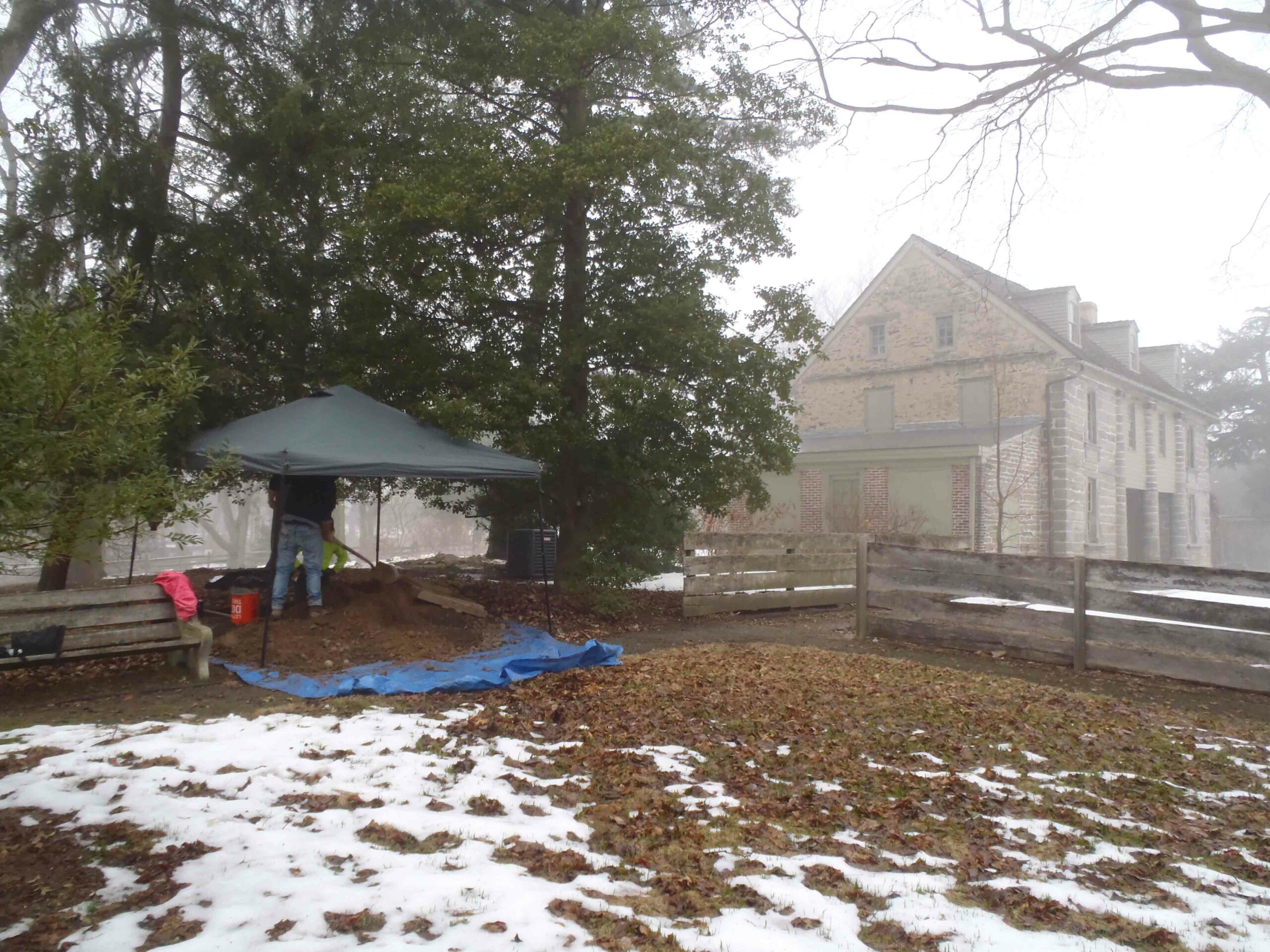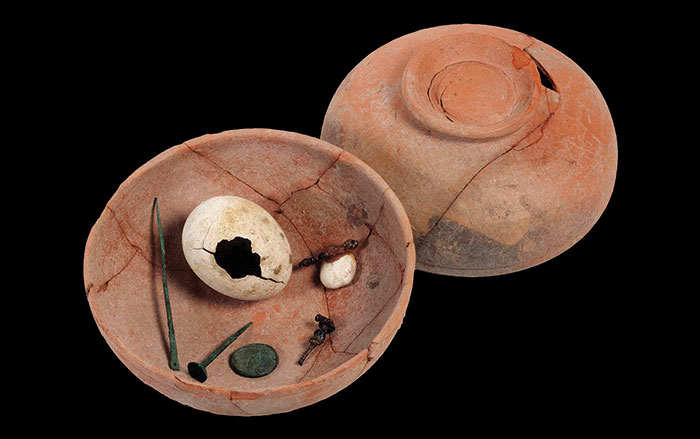
BASEL, SWITZERLAND—Zurab Makharadze, head of the Center of Archaeology at the Georgian National Museum in Tbilisi, announced the discovery of a timber burial chamber containing two four-wheeled, oxen-pulled chariots at the International Congress on the Archaeology of the Ancient Near East at the University of Basel. The burial, which contained the remains of seven individuals, was found in a kurgan in the south Caucasus. “One of them was a chief and others should be the members of his family, sacrificed slaves or servants,” Makharadze told Live Science. Ornamented clay and wooden vessels, flint and obsidian arrowheads, leather and textiles, a wooden armchair, carnelian and amber beads, and 23 gold items were also recovered from the 4,000-year-old burial. “The purpose of the wooden armchair was the indication to power, and it was put in the kurgan as a symbol of power,” Makharadze explained.










